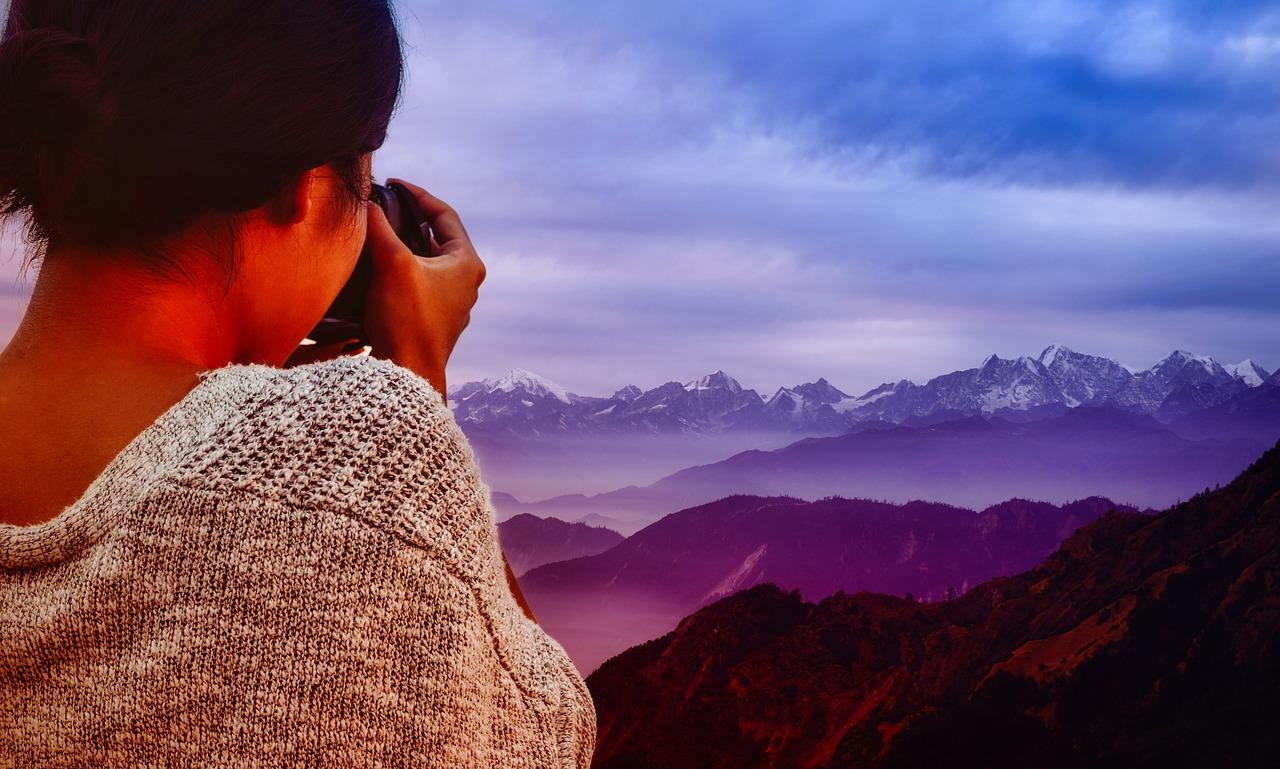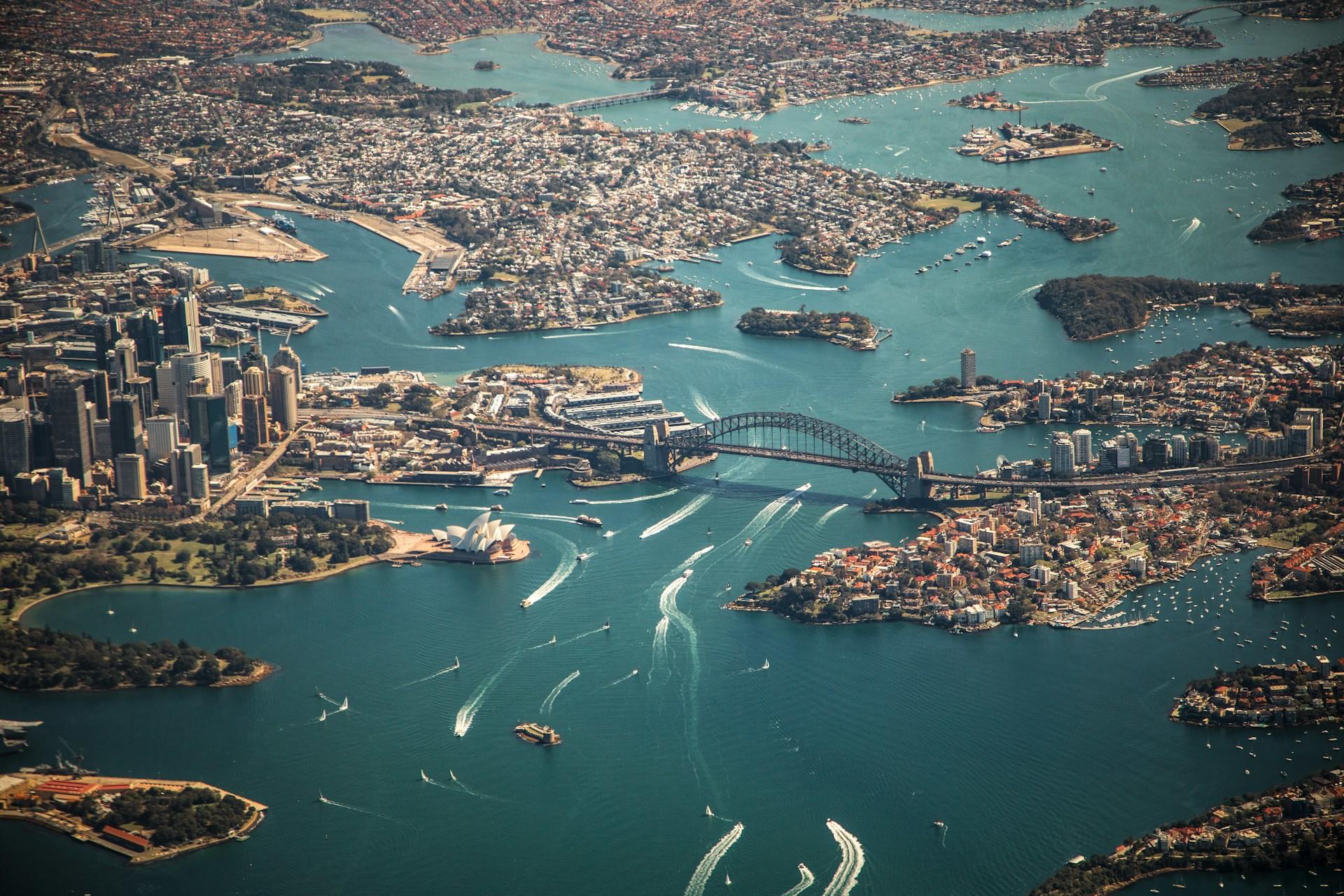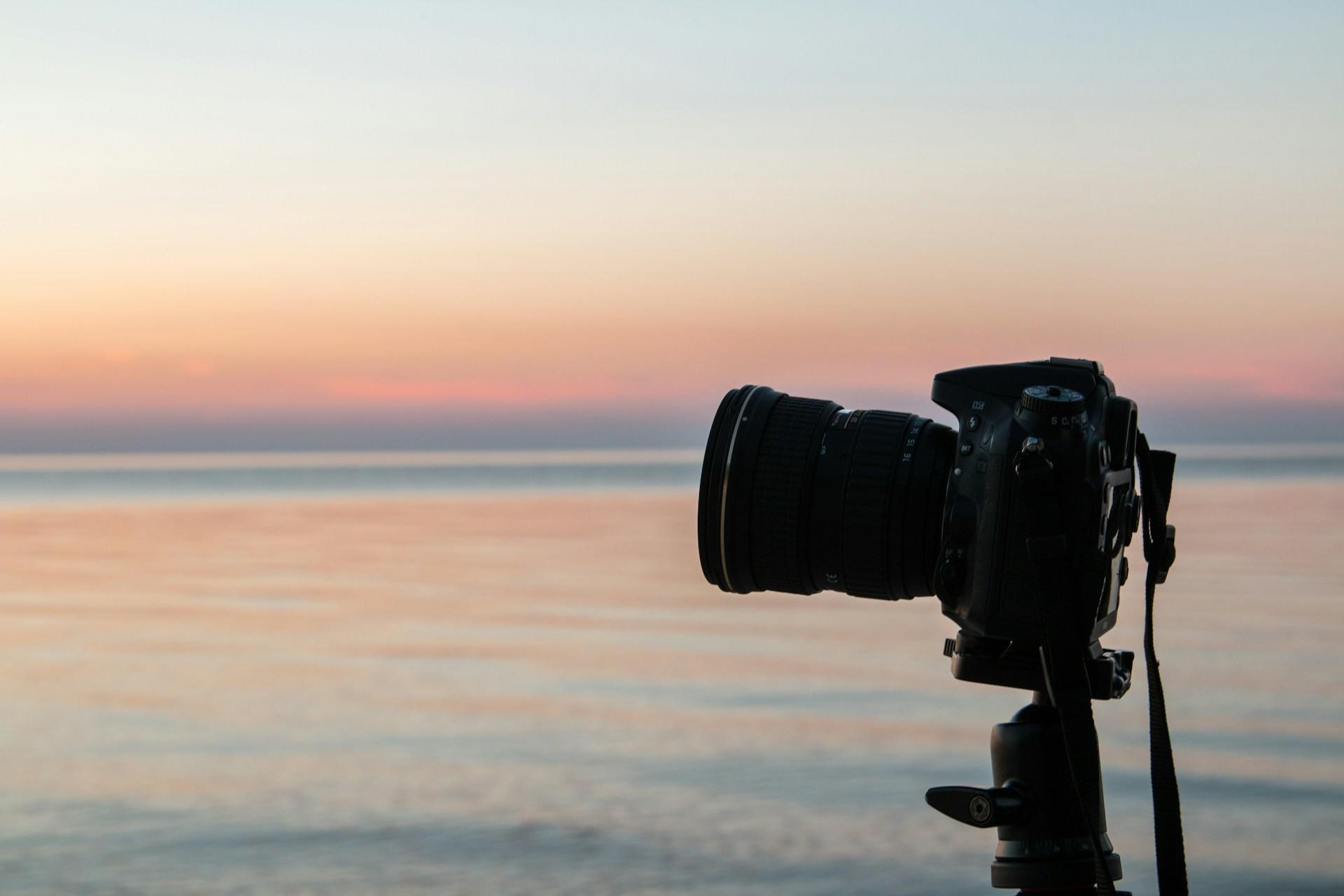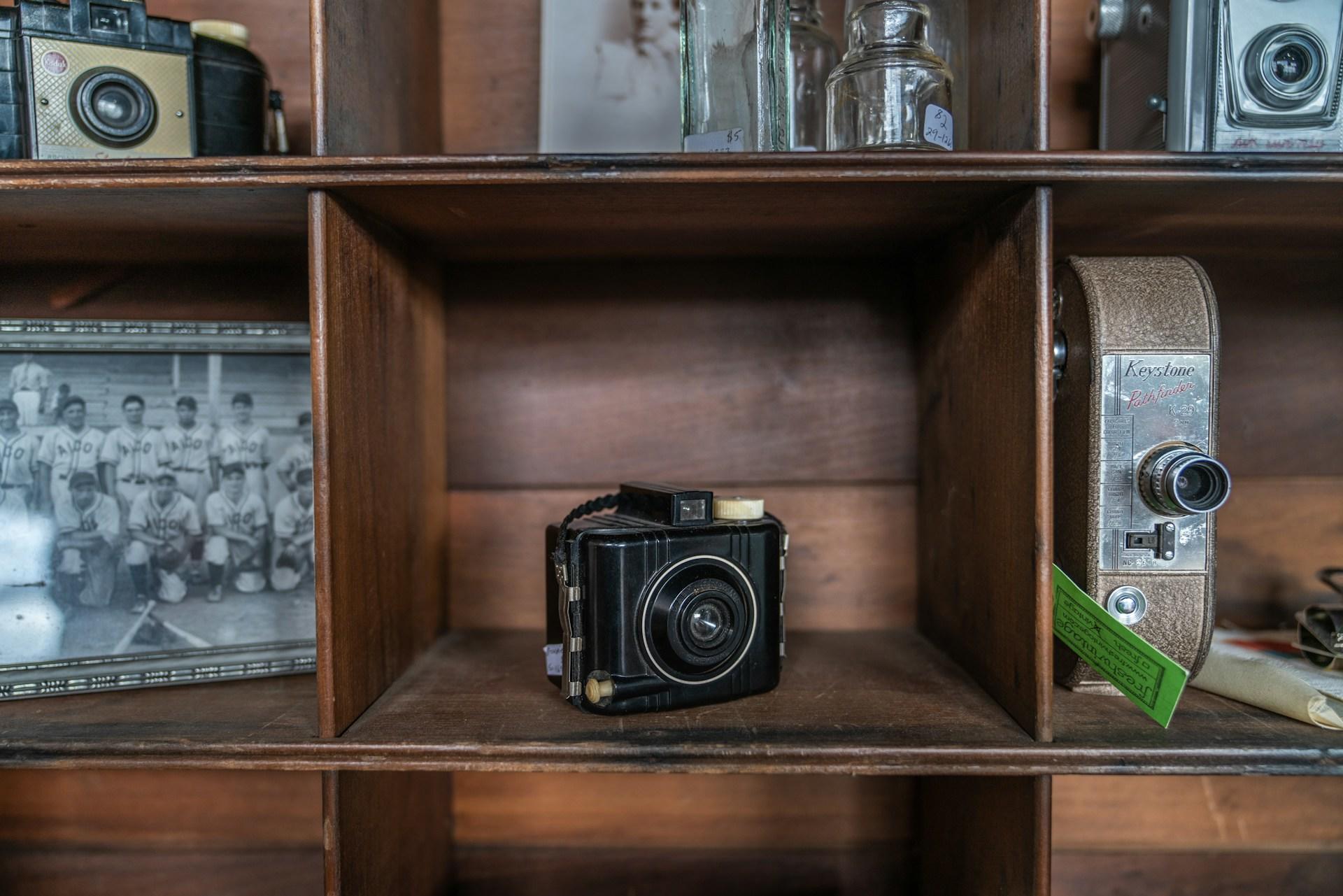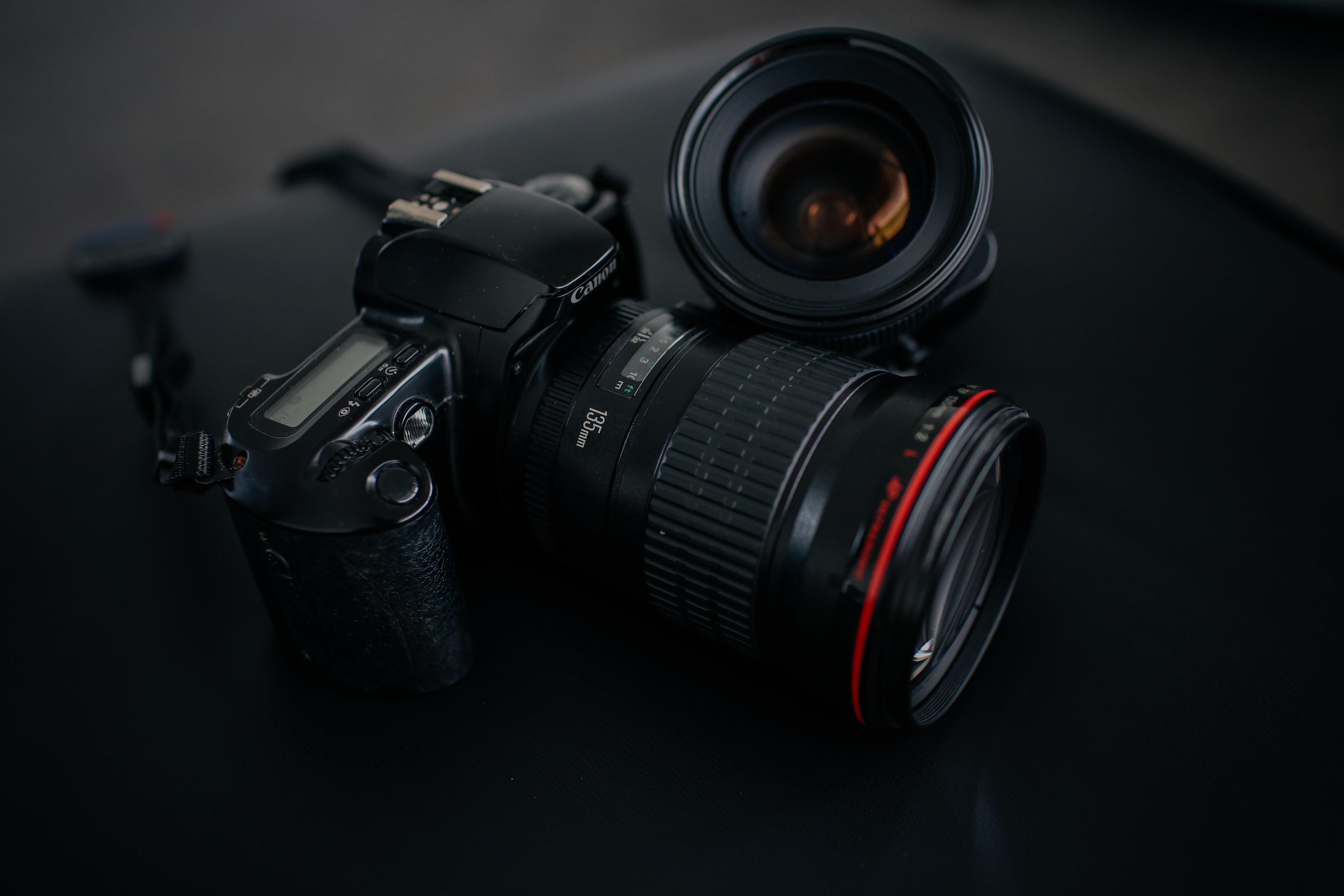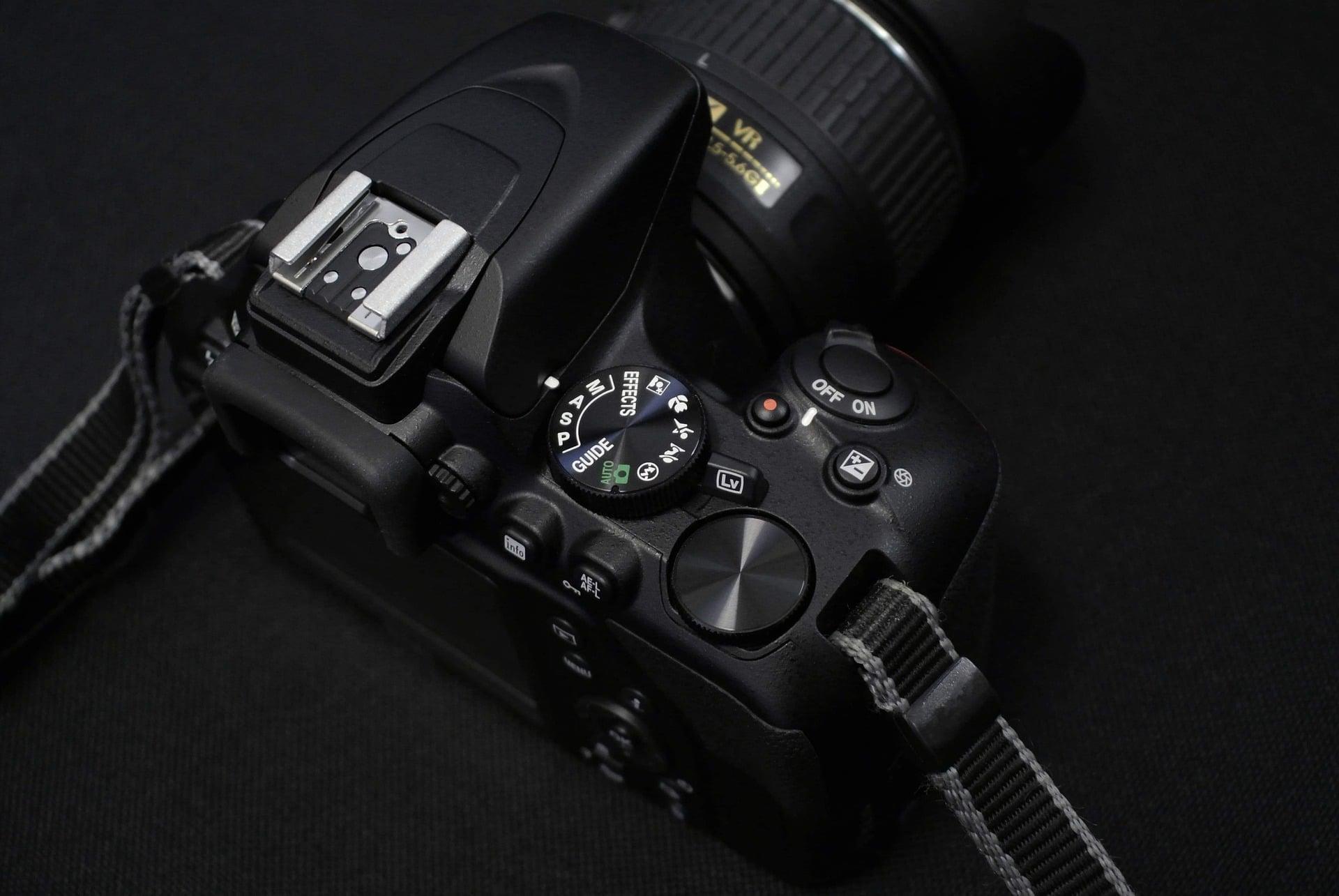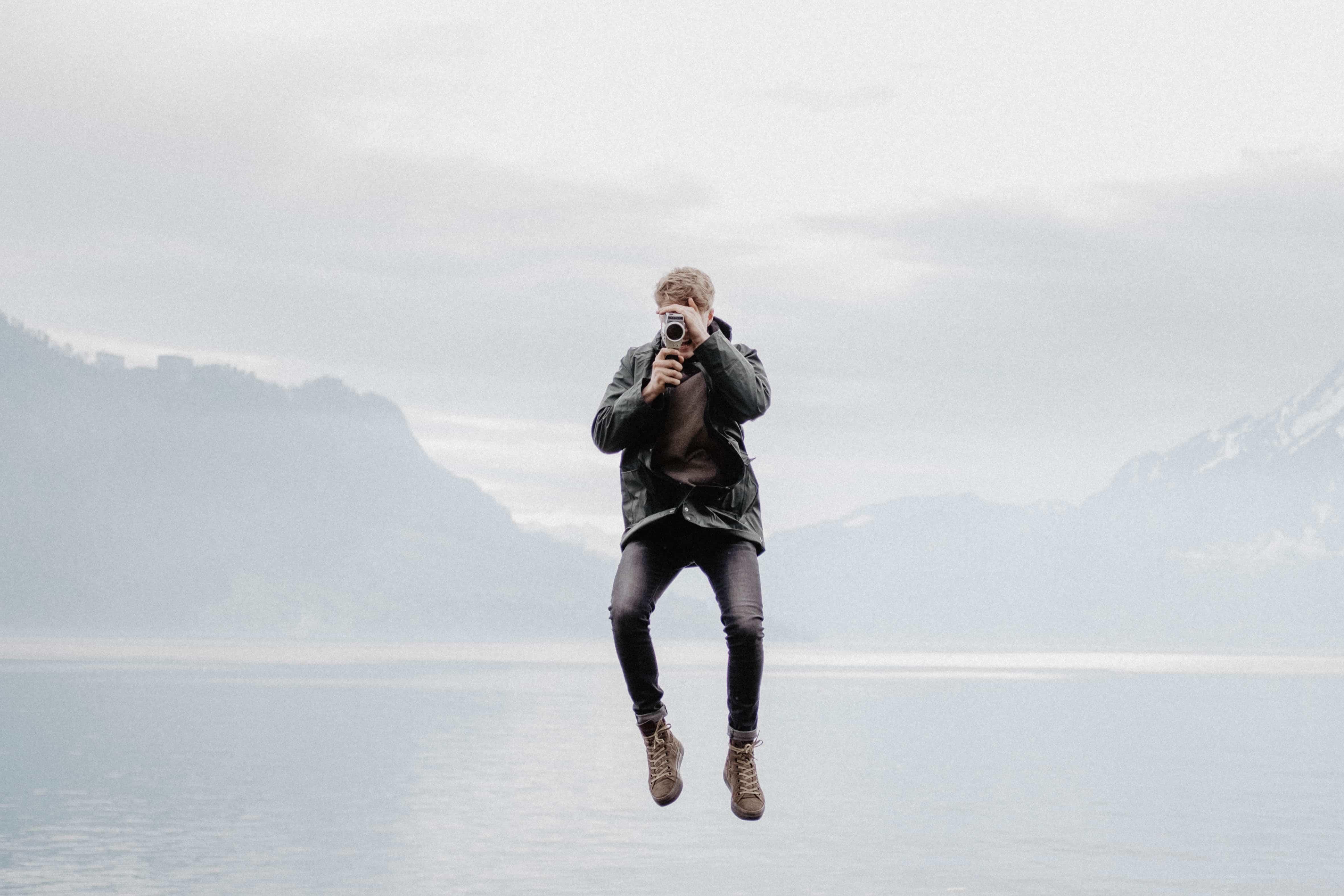Photojournalism, aerial photography, landscape photography, portrait photography, digital photography, artistic photography… the art of taking photographs is anything but limited.
Whether you’re a professional photographer or an amateur, every genre of photography is open for you to express your creativity!
The profession of photography is also incredibly accessible thanks to the many avenues that can be pursued when it comes to training for a career in the area. But just how much do you know about the origins of the art and the cultures within it? To be a photographer is also to have an appreciation for the history of photography and bear it in mind when creating your own photographic art. If you’re a beginner and considering getting into photography, what do you need to know before you get started; what are the photography basics? Check out these exceptional photography courses here.

What is Contemporary Photography?
Throughout the history of photography, the artistic styles used within the practice of taking photographs have been incredibly varied. From the emergence of photography towards the end of the 19th century to the growth in popularity of Instagram in the last few years, photographers have come a long way. So, what is meant by the term ‘contemporary photography’? Often referred to as modern photography by amateur photographers, contemporary photography corresponds to an era defined by precise dates. Contemporary photography includes every photograph taken from the year 1980 until the modern day – that’s quite a large photo album! 
What is Humanist Photography?
Artists including Henri Cartier-Bresson and Robert Capa emerged as humanist photographers in France in the period between the world wars. During the aftermath of the Second World War, France was in a state of devastation. Its economy was in tatters and everything has to be rebuilt. The horrors of war had shocked and scarred the minds of many. Amongst the distress, certain photographers sought to capture the simple pleasures that they saw in life on camera. Robert Doisneau photographed a couple kissing in the street. This photograph became the symbol of the incredibly French artistic movement that is humanist photography across the globe.
Artist puts Man at the heart of their creativity.
The most popular subjects among humanist photographers are men, women and children going about their daily lives. Schoolchildren, labourers, housewives… everyone is important to the humanist photographer. This movement went strength to strength as more and more artists began to see art in the everyday. Some photographers were particularly interested in photographing the societies of certain defining periods of history. This style of photography is close to war photography and photo journalism. This era also saw the birth of the very first photography agency in 1947: Magnum Photos. Photographers became more independent in their work and had an opportunity to choose their own subjects and develop a personal style. Most of their photos were published in magazines such as Life and Paris-Match. Humanist photography remains a popular area for exploration among modern-day photographers. This documentary-style of photography is largely used in news articles, but it is also displayed in art galleries.

Landscape Photography Tips
Another popular genre is landscape photography. Landscape photography is as old as photography itself. Throughout the history of taking pictures, landscapes have fascinated professional as well as amateur photographers. Landscape photographers capture the essence of a landscape or scene. If you decide to learn more about photography in online photography courses or on beginner photography courses, you'll learn all about white balance, the aperture of a lens, shutter speed and editing images with photoshop. So, what do the experts recommend when it comes to taking photographs of landscapes? There are several things you should consider if you want to get the most out of the landscape and your equipment. 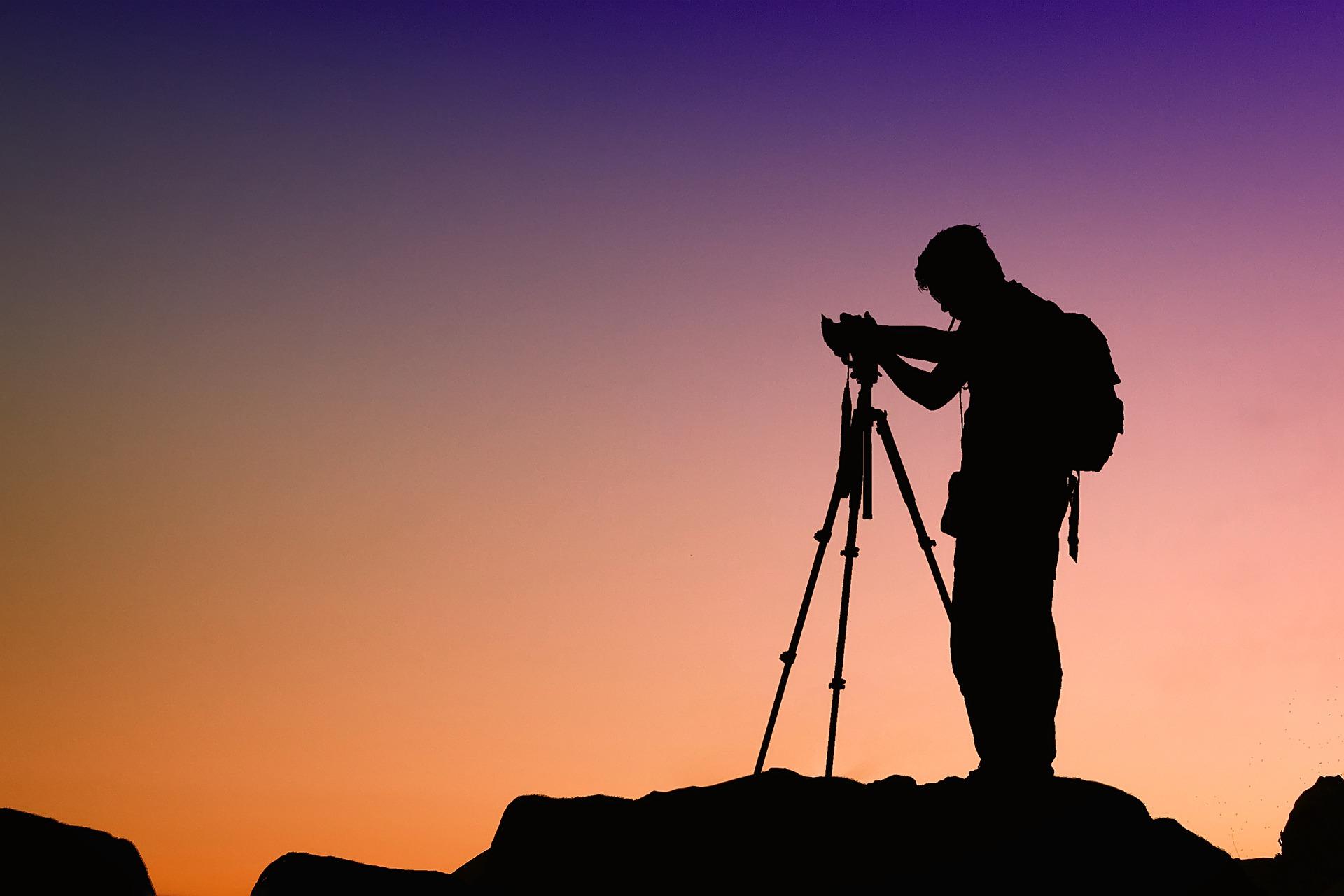
Photographs that Have Marked History
There are many famous photographs which have captured the minds of the public. Whether it’s because they’re particularly striking or thought-provoking, these images span a variety of genres and carry different messages. So, what are the names of these big-impact pictures?
- The Kiss by the Hôtel de Ville - Robert Doisneau
- The Vulture and the Little Girl - Kevin Carter
- Afghan Girl - Steve McCurry
- Tank Man - Jeff Widener
- Heart in Voh - Yann Arthus Bertrand
- V-J Day in Times Square - Alfred Eisenstaedt
- Napalm Girl - Nick Ut
- The Agony of Omayra Sànchez - Frank Fournier
- Manaus Woman Resisting Eviction - Luiz Vasconcelos
- Saigon Execution - Eddie Adams
- The Death of Aylan - Nilüfer Demir
- Portrait of Che Guevara - Alberto Korda
- The Falling Man - Richard Drew
- Bliss - Charles O’Rear
- The Burning Monk - Malcolm Browne
Behind each one of there photographs lies a story. The story of a man, of a woman, or the destiny of a Buddhist or revolutionary. These are unforgettable stories which have marked history and humanity by being caught on camera.
The Evolution of Food Photography
We’ve all taken photographs of successful recipes and restaurant meals before.
In recent years, there has been a surge in popularity of culinary photography for both amateur and professional photographers.
Culinary photography is a type of commercial photography and a genuine profession – but who do you end up working for? Professional culinary photographers can work completely independently if they so wish. The main type of work you will find as a food photographer will be working with businesses on their advertisements. 

